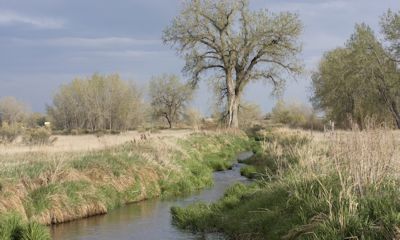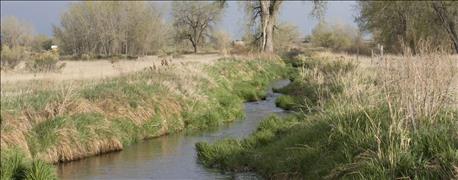October 19, 2016

The final rule on the Agricultural Conservation Easement Program was published in the Federal Register Oct. 18, 2016. It responds to public input and makes permanent the changes that were made in the interim final rule. Significantly, the final rule clarifies certain program requirements for certified and non-certified entities, which will help streamline participation in the Agricultural Land Easement component of ACEP. The final rule also incorporates more fully the protection of grazing uses and related conservation values as one of the program purposes.

The demand for Agricultural Conservation Easement Program funds continues to be high. (Photo: Zoonar RF/Thinkstock)
USDA’s Natural Resources Conservation Service (NRCS) administers ACEP, a voluntary program created in the 2014 farm bill to protect and restore critical wetlands on private and tribal lands through the wetland reserve easement component (ACEP-WRE). ACEP also encourages farmers, ranchers and non-industrial private forest landowners to keep their private and tribal land in agricultural use through the agricultural land easement component (ACEP-ALE).
The 2014 farm bill consolidated three previous conservation easement programs into ACEP.
USDA published an interim final rule on Feb. 27, 2015, and accepted public comments through May 28, 2015. USDA received nearly 1,070 comments from 102 respondents on the interim final rule and evaluated the comments in the development of the final rule.
Topics that received the most feedback from stakeholders include: agricultural land easements deed requirements; land and landowner eligibility; planning; and ranking.
Related: USDA shares results of water quality investments
The demand for ACEP funds continues to be high, with 70% of applications for the wetland component and 30% for the agricultural easement component. Because of this popularity, NRCS is usually able to fund about a quarter of applications.
Source: USDA NRCS
You May Also Like




